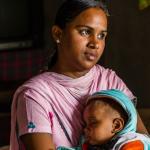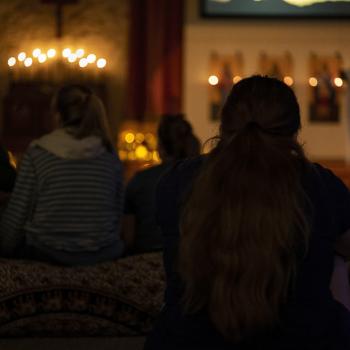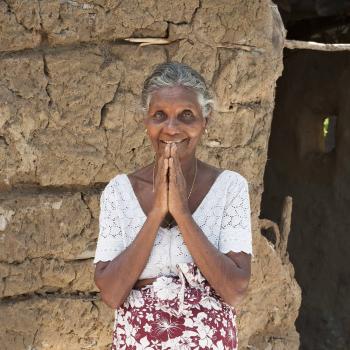Wills Point, Texas – GFA (Gospel for Asia) – Discussing where violence against women occurs worldwide, including violence against the girl child.
Does life get any better for girls in Asia as they grow older? Let’s take a look.
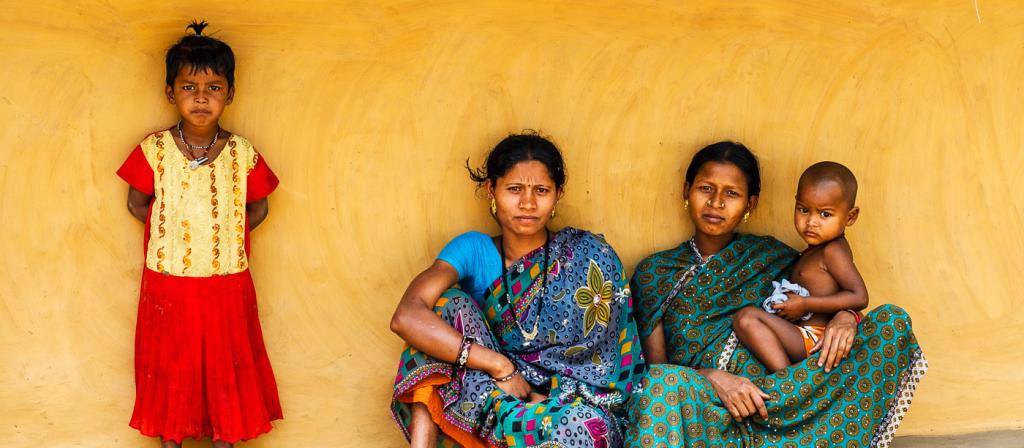
Violence Against Women, Including Young Women
Where Geeta lives, domestic violence against women is widespread. The World Bank’s study stated that “more than 60 percent of Indian women reported three or more episodes of physical or psychological violence in their lifetime.”
Three or more episodes of abuse, of violence, of shame.
Slapping, kicking, punching, choking. Rape, threats and insults. These—and many others—are all ways abuse manifests itself.
The excuses for abuse range widely. Some are as insignificant as a meal being cooked improperly, like what Geeta experienced.
Domestic violence invades the entire well-being of a woman. The body, the heart (emotions) and the soul (thoughts). Women tend to internalize physical and psychological trauma and rarely speak out about the violence done against them.
The reasons for this are unique to each individual, though there are some common threads, such as:
- considering violence a “normal” or inevitable aspect of marriage
- fearing reprisal and additional violence if their spouse finds out they disclosed the mistreatment
- fearing the stigma and shame at being in a violent relationship
- bringing shame to their families upon disclosure
- feeling apathetic about their situation and believing that disclosure would resolve nothing
- believing the abuse is justified
Frequent and severe abuse can even lead women to contemplate or commit suicide out of sheer desperation.
In 2015, Gospel for Asia published a story called “A Noose and a Miracle,” in which a young woman’s sickness and her family’s poverty wreaked havoc in her marriage, so much so that the young woman thought to take matters into her own hands. Here’s an excerpt:
“When expensive treatments performed by physicians and witch doctors gave Aamaal no relief [from her sickness], Gambheer’s heart broke, and he started to drink. He developed a violent temper and fought with his wife often. He blamed her for becoming sick and losing all his hard-earned money.
“One night, Gambheer came home drunk and beat Aamaal very badly without cause. At her wits end, the desperate woman found a rope and ran into the jungle to kill herself. Aamaal climbed a tree, secured the rope to a branch and wrapped it around her neck, intending to end it all…”
Aamaal’s story is not an isolated incident.
“Every six hours, somewhere in India, a young married woman is burned alive, beaten to death, or driven to commit suicide, ” reported Oxfam International.
Further research from Oxfam reports that 80 percent of Pakistani women endure domestic violence, and 47 percent of women in Bangladesh have experienced some kind of physical abuse at the hands of an intimate partner. The report states, “In Afghanistan, there is a significant incidence of rape, forced marriage, abductions, and assaults. … Statistics are scarce, but in 2003, an Amnesty International report indicated a high incidence of such violence.”
Violence against women is a worldwide problem, even in the United States of America.
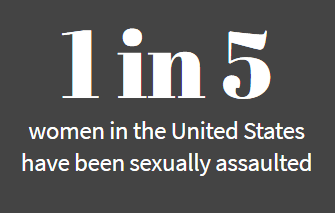
In the wake of the recent #MeToo movement, sexual assault and violence against women in American and other Western countries have made headlines in unprecedented volume. According to a 2010 survey by the Centers for Disease Control and Prevention, one in five women have experienced some form of sexual assault in the United States, and many say they have been raped.
The shame and ridicule associated with talking about sexual assault, along with the seeming inaction of law enforcement, have led many women to keep silent, believing their story was not worth sharing. But in 2017, when allegations of sexual misconduct against Hollywood movie producer Harvey Weinstein became public, many women broke their silence and shared their negative experiences. The impact of their voice led TIME magazine to name this group of women the Person of the Year, calling them “The Silence Breakers.”
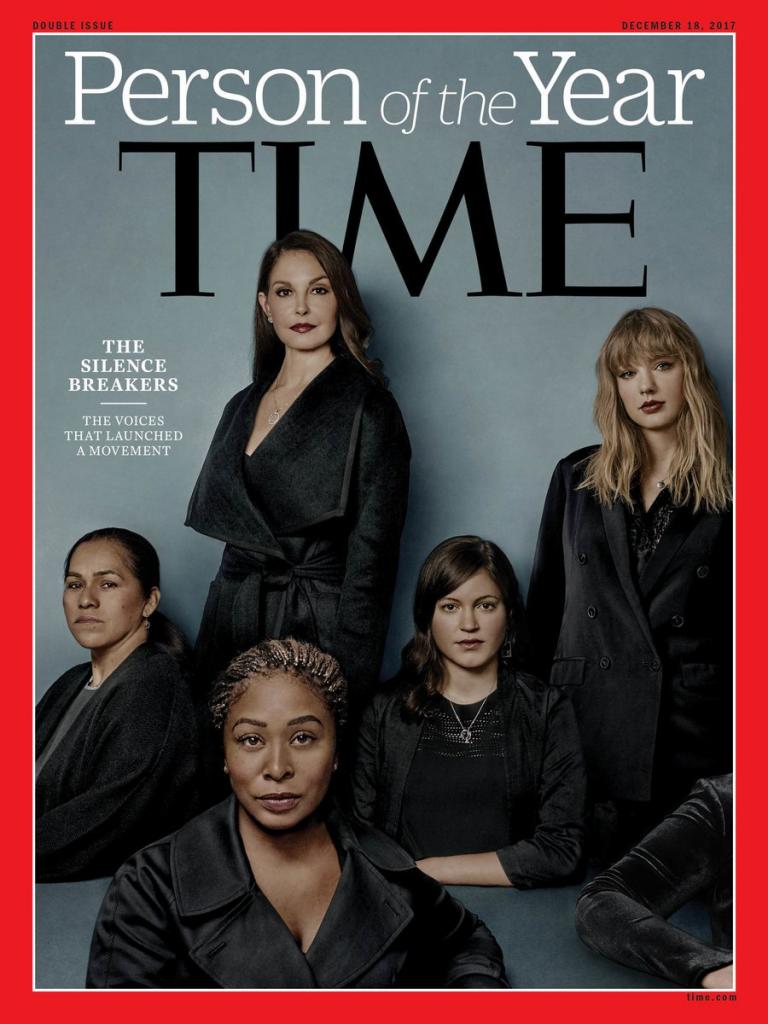
There’s also the problem of women experiencing assault on America’s college campuses. It’s escalated to the point where the college environment has been labeled as a “rape culture” in which men can get away with sexual assault.
In 2015, The Association of American Universities surveyed 27 campuses in the United States and found that 23 percent of female undergraduate students had experienced sexual assault or sexual misconduct. The United Nations Entity for Gender Equality and the Empowerment of Women also reported: “Around 120 million girls worldwide (slightly more than 1 in 10) have experienced forced intercourse or other forced sexual acts at some point in their lives.”
The staggering numbers about this brutal violence against women cannot be ignored. While it’s an issue in our own backyard—preventing violence against women presents unique challenges all around the world.
In some regions of Asia there’s the issue of dowry, which has perpetuated suicide and violence against women in Asia. While dowry is common across the globe, the violence that can occur because of it is unique to South Asia.
World Bank defines dowry violence as, “Violence perpetrated on an incoming bride by her spouse or marital family in retaliation for her and her family’s inability to meet the dowry demands of the groom or his family or when the intended groom wishes to remarry to obtain another dowry. Dowry violence may take the form of harassment that leads to death, known as ‘dowry death.’”
In a report published by WHO titled, “Suicide and Suicide Prevention in Asia,” it stated that “When dowry expectations are not met, young brides can be harassed to the point where they are driven to suicide.”
In South Asia, dowry plays a key role in the high level of violence within marriage. In 2015, India’s National Crime Records Bureau reported 1,335 suicides among married women between the ages of 18–30. The reason? “Dowry Related Issues.”
Then there are the uncounted cases of murder that are meant to look like suicide.
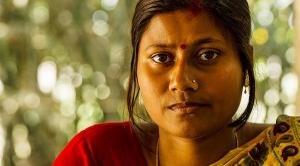
In GFA’s “Veil of Tears,” a woman named Emilika shared the story of her cousin whom they believed had committed suicide because of the pressure she was under by her husband to produce more dowry.
“I had one cousin whose husband also demanded more dowry after they were married,” Emilika told GFA. “But my uncle could not afford it. After a few months of marriage, we were told that she committed suicide. A short time later the same man married another woman and was once again married only a few months, and his new wife also died of suicide. But it was later discovered that she was murdered. This brought us to the conclusion that my cousin had never committed suicide. She was killed by her husband because of dowry.
“I know of many other incidents that have happened with my relatives and friends whom I used to go to school with, and I can tell you that a few of them got burned alive.”
In 2015, India reported 7,634 dowry deaths, which was a 9.7 percent decrease from the previous year. That gives hope there are positive changes happening.
One of the first things that Prime Minister Shri Narendra Modi of India did after coming into office was to speak on behalf of women and to seek to bring change to their treatment in India.
Dr. K.P. Yohannan, founder of Gospel for Asia, wrote in a recent blog post, “[It] is good, even as we remember the huge need, to also thank God for all the good things that are happening. One of the first things that Prime Minister Shri Narendra Modi of India did after coming into office was to speak on behalf of women and to seek to bring change to their treatment in India. Numerous laws were put in place in efforts to make it more difficult on the perpetrator in rape cases and to ultimately try to make it safer for women. I thank God for the Prime Minister taking very seriously bringing justice to those who are being abused and cast away.”
=====
Read more from this Special Report: Why Are Women Targets of Abuse? Part 1 | Targets of Abuse Part 3
Click here, to read more blogs on Patheos from Gospel for Asia.
Go here to know more about Gospel for Asia: GFA.net | Wiki | Flickr | GFA | GFA.org


